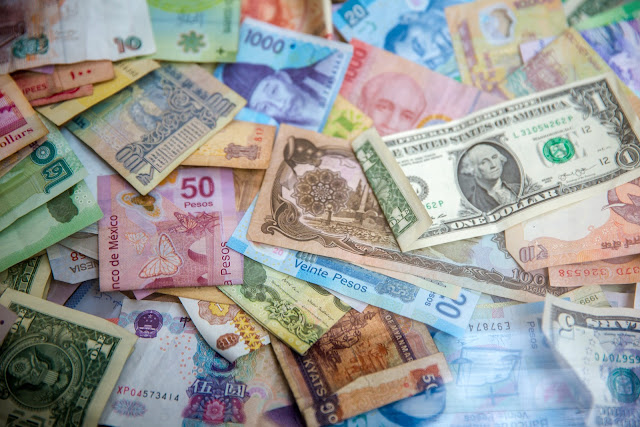Money Laundering:
Money laundering is the process of making illegally-obtained money appear to have been obtained from a legitimate source. It is often done by transferring illegally-obtained money through a series of bank accounts or businesses, or by using shell companies or offshore accounts. Money laundering is a serious crime, and those found guilty of it can face severe penalties.
There are three stages of money laundering:
2) Layering
3)Integration
Placement
Layering
Integration
This stage involves the introduction of illegal funds into a legitimate economy. So that criminals can make legitimate purchases using the proceeds of crime. So money laundering is basically a white-collar crime that can be used to disguise dirty money as clean.
What Are the Anti-Money Laundering Solutions?
1. Customer Identification and Due Diligence: This is the first stage of the anti-money laundering system. It involves identifying customers and verifying their identity and other relevant information. 2. Transaction Monitoring: This stage involves monitoring customers’ transactions to identify any suspicious activity or patterns that may indicate money laundering activity. 3. Reporting: Any suspicious activities or patterns that are identified must be reported to the relevant authorities. 4. Investigation: If suspicious activity or pattern is reported, the relevant authorities will investigate it further. 5. Enforcement: If it is determined that money laundering has taken place, then the relevant authorities will take action to enforce the law.
Commonly Used Money Laundering Techniques:
1. Use of Shell Companies:
Criminals use shell companies to structure transactions and hide the source or destination of funds. The shell companies are often set up in offshore jurisdictions and lack essential substance and financial records. 2. Smurfing:
Smurfing is a technique where criminals break down large transactions into smaller amounts to avoid detection. This technique is used to transfer money to different accounts, located in different countries, to avoid detection by financial institutions. 3. Money Mules:
Money mules are people who are recruited to transfer money from one jurisdiction to another. They are often unaware of the illegal purpose of the transaction and are only given a small portion of the money. 4. Trade-Based Money Laundering:
Trade-based money laundering is often used to launder money through the international trade system. The criminals use false invoices and over or under-invoicing of goods to move funds between countries. 5. Use of Cryptocurrencies:
Criminals are increasingly using cryptocurrencies to launder money. Cryptocurrencies can be used to move funds across borders, quickly and anonymously.
